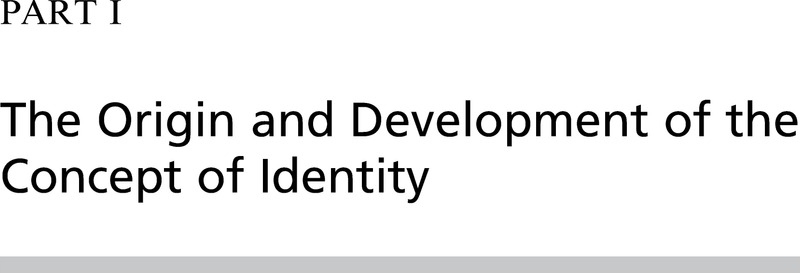Book contents
- The Cambridge Handbook of Identity
- The Cambridge Handbook of Identity
- Copyright page
- Contents
- Figures
- Tables
- Contributors
- 1 Identity: With or Without You?
- Part I The Origin and Development of the Concept of Identity
- Part II New Perspectives and Challenges
- Part III Methodological Approaches
- Part IV Current Domains
- Part V Where Is Identity?
- Author Index
- Subject Index
- References
Part I - The Origin and Development of the Concept of Identity
Published online by Cambridge University Press: 29 October 2021
- The Cambridge Handbook of Identity
- The Cambridge Handbook of Identity
- Copyright page
- Contents
- Figures
- Tables
- Contributors
- 1 Identity: With or Without You?
- Part I The Origin and Development of the Concept of Identity
- Part II New Perspectives and Challenges
- Part III Methodological Approaches
- Part IV Current Domains
- Part V Where Is Identity?
- Author Index
- Subject Index
- References
Summary

- Type
- Chapter
- Information
- The Cambridge Handbook of Identity , pp. 23 - 98Publisher: Cambridge University PressPrint publication year: 2021

